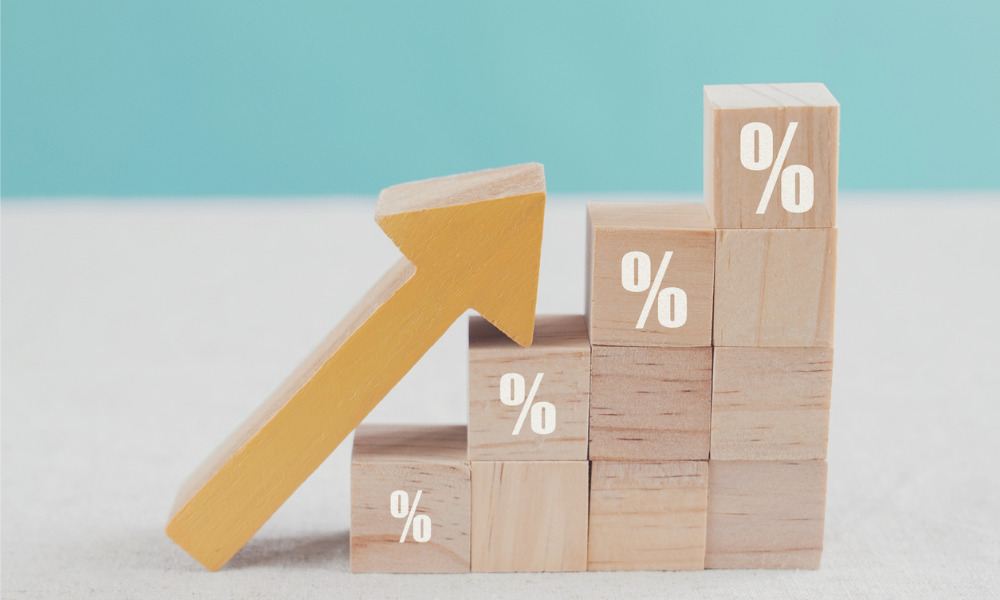Policy experts argue rate-increase pain is best solution to uncontrolled and broadening price surge

Surging inflation is continuing to plague Canada and many other advanced economies, and a sizable number of analysts currently blaming the government’s accommodative monetary policy. But according to three policy experts from the CD Howe Institute, there’s a danger that arguments similar to those floated in previous decades will cause bank policies to stay too loose.
In a newly released economic note, policy experts, Mawakina Bafale, Jeremy M. Kronick, William B.P. Robson of C.D. Howe Institute, recalled the heady inflation of the 1970s and 1980s, when many people believed that central banks couldn't control inflation and that strict monetary policy resulted in pain for no benefit.
When the Bank of Canada encourages money supply growth that outpaces demand growth, they explained that the value of Canadian dollars falls in relation to the value of the commodities and services that people use money to buy and sell. Under that view shared by economists, the overall level of prices rises, and inflation occurs as a result.
However, the three experts say that people do not perceive inflation in the same way that economists do. Individual price changes are something noticed in our daily lives. Gas is more expensive today than it was the last time we filled up. It's as though different things take different-sized bites out of hard-earned money at different times, rather than the dollar diminishing.
“Arguments that inflation is about supply shocks or price gouging for individual items become more attractive when monetary policy tightens, because tight monetary policy hurts,” they said.
When the cost of everything rises, mortgages with fluctuating rates or those that are about to expire are more expensive. Credit for small businesses becomes increasingly scarce. Jobs are lost as consumer spending slows or drops.
While people are tempted to present alternative solutions like clamping down on speculators or subsidizing fuel, the policy experts said the experience of the 1970s and 1980s was clear: if monetary policy is not tightened, inflation will remain high.
Based on published data from Statistics Canada, the three tracked the common measure of inflation, the year-over-year increase in the total CPI, as well as the fraction of CPI items with year-over-year increases greater than 2%, from the early 1970s through the most recent measurement in February 2022.
Food and energy were frequently in the news during the 1970s, and some people blamed them for inflation. But Bafale, Kronick, and Robson noted that the share of things up more than 2% demonstrates that practically everything was up nearly all that time.
Although CPI inflation was lower in the 1980s, the fraction of products that increased by more than 2% highlights the broad-based degradation of money's value prior to another round of tightening and the start of inflation targeting in the 1990s.
Bafale, Kronick and Robson noted that Canada has just come through two years when the Bank of Canada held its overnight rate close to zero and bought hundreds of billions of dollars in government debt. They stated that while the Bank's response to the epidemic was understandable, the CPI's year-over-year increase is the highest in 30 years. The percentage of items having a year-over-year increase of more than 2% is also increasing.
“This is not peculiar circumstances affecting particular items that we can wait to unwind or intervene to fix,” they said. “Monetary policy determines inflation. It is the best tool we have to fix it.”



